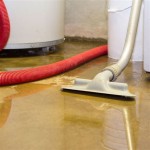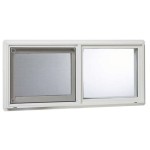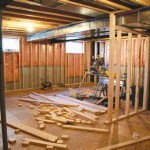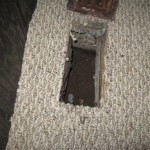What Is The Purpose Of A Basement Floor Drain?
A basement floor drain is a plumbing fixture that is installed in the floor of a basement. It is designed to collect and drain water that may accumulate in the basement, such as from flooding, leaks, or condensation. Basement floor drains are typically connected to a sump pump, which pumps the water out of the basement and into a storm drain or other appropriate location.
Benefits of Basement Floor Drains
Installing a basement floor drain offers several benefits, including:
- Flood prevention: Basement floor drains help to prevent flooding by draining away water that may accumulate in the basement. This can help to protect your belongings and prevent damage to your home's foundation.
- Leak detection: Basement floor drains can help to detect leaks in your plumbing system. If you notice water coming from the floor drain, it could be a sign of a leak that needs to be repaired.
- Condensation control: Basement floor drains can help to control condensation in your basement. Condensation can occur when warm, moist air comes into contact with cold surfaces, such as the walls or floor of your basement. Basement floor drains help to remove condensation from the air, which can help to prevent mold and mildew growth.
Types of Basement Floor Drains
There are two main types of basement floor drains:
- Gravity drains: Gravity drains rely on the force of gravity to drain water away from the basement. They are typically installed in basements that are below the level of the main sewer line.
- Sump pumps: Sump pumps are mechanical devices that pump water out of the basement. They are typically installed in basements that are below the level of the main sewer line or in basements that are prone to flooding.
Choosing the Right Basement Floor Drain
The type of basement floor drain that you choose will depend on the specific needs of your basement. If your basement is below the level of the main sewer line, you will need to install a sump pump. If your basement is not below the level of the main sewer line, you may be able to install a gravity drain.
It is important to consult with a qualified plumber to determine the best type of basement floor drain for your home.
Maintaining Basement Floor Drains
Basement floor drains should be cleaned and inspected regularly to ensure that they are working properly. You should clean the floor drain by removing any debris that may have accumulated in the drain. You should also inspect the floor drain for any signs of damage or leaks.
If you notice any problems with your basement floor drain, you should contact a qualified plumber to have it repaired or replaced.
Basement Floor Drain What You Need To Know About It
Basement Floor Drain Hole Purpose And Maintenance Tips
6 Types Of Basement Floor Drains
Basement Floor Drain Keeping Your Home Dry
Floor Drains Finished Basements Best Practices Solutions Csg Renovation
Where Do Basement Floor Drains Go Plumbing Insights
6 Types Of Basement Floor Drains
Floor Drain Basics Homesmsp Real Estate Minneapolis
Basement Floor Drain What They Are And When To Replace Them Mister Plumber
Floor Drains Prodrain








